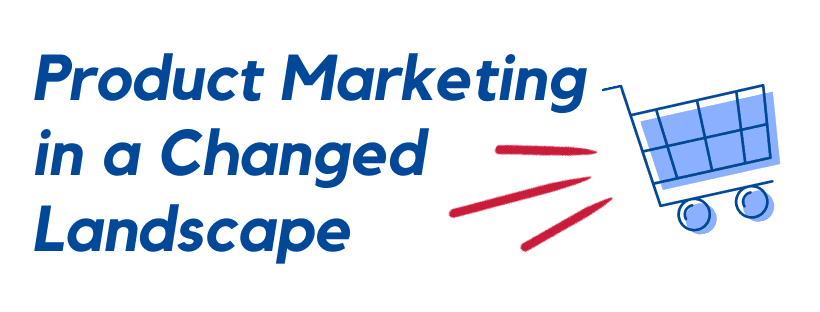
Without a doubt, the product marketing landscape is facing a major shift. Marketers have to alter their approach to capture the right kind of attention from a currently preoccupied audience, and now more than ever there is an expectation for companies to adapt and stay tactful while still maintaining an upward trend. By studying consumer shifts, expertly planning a conscious marketing strategy, and being transparent about a new product a company can expect reception from its audience.
Our ability to constantly look at and learn from digital trends is part of the changing landscape for product marketing. In order for companies to thrive and grow in an oversaturated market, they need the ability to track the minutiae of product trends and figure out where they would be the most profitable. There is always a bandwagon to jump on, and these could prove to be lucrative options. The sparkling water industry is a perfect example of this effect. In the 2010’s, it seemed like La Croix was the new big thing (although it has actually been around since the 1980’s, but that’s another story). Beverage companies as well as supermarket conglomerates who were on top of tracking product sales and trends were able to quickly see the demand for low-calorie, flavored sparkling drinks and fill this niche. Now, there are dozens and dozens of companies, many of the most popular being supermarket store brands, that see success in selling these products. To someone unfamiliar with product development and marketing, having 20+ different brands of strawberry sparkling water may seem ridiculous. However, these brands are successful due to both the increased demand for these products and the varying consumer bases with this need.

Yes, this concept isn’t new, but the ability to digitally track unforeseen trends that could even outpace sparkling water is unprecedented in this age! In these past few months, our reliance on the digital has become more apparent than ever before. By studying production trends, search engine data and sales statistics, companies can tap into the unmet needs of consumers. What are people desperately searching for but cannot find, and how can one market a new or adapted product to meet this need? By practicing “social listening” marketing teams can peruse consumer discussions on online corners to figure out exactly what people want! It has never been easier (albeit more competitive as well) to develop the next generation of popular products that will benefit consumers in this new age.
However, it is crucial to keep in mind the consumer attitude during this time. As a company whose primary focus is to sell products or services, it is important to keep your marketing strategies “human” and sincere. There are certain campaign qualities to have when dealing with a consumer base that is skeptical, disenfranchised, but also in need of a better quality of life:
– Offer free or discounted products or services right off the bat and be sensitive to the financial issues many are currently facing. For example, advertising a subscription service with a free trial period or a complimentary box of samples is hard to pass up if the new product is not essential to daily life.
– Steer clear from ad content that relies heavily on current events, as well as words or imagery that are overly gimmicky! However, ignoring the crisis and pretending everything is normal is just as bad, if not worse. Only 17% of surveyed consumers strongly approved of companies running “normal” advertising campaigns during the pandemic. Finding a middle ground between these two approaches will keep a campaign from appearing tone-deaf or exploitative of the present situation.
– There may never be a perfect moment to push out a new idea, but it’s important to consider how useful the it is during the current environment, and how it will be perceived. Questions to ask yourself: will it be seen as frivolous and cast a bad air on the company? Could it end up getting lost in the shuffle of new and useful innovations?
Above all, it is crucial to be completely honest and transparent with consumers during this time. Our nation’s view of commercial industries has shifted in the past few months and people are increasingly looking to give their business to entities that not only maintain an ethical and empathetic image but PROVE that they truly stick to these values. Be honest about where your materials are sourced from and even make mention of the positive impact your service has on the community. Think deeply about a target audience’s true needs, as well as any possible struggles, to ensure the helpfulness and success of a product!
